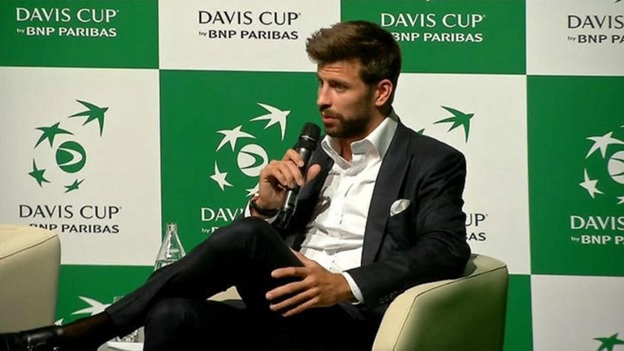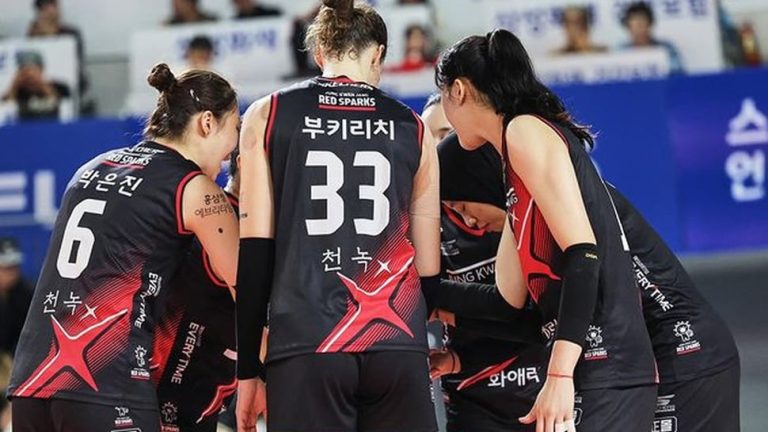The 2019 Davis Cup finals will be played on the weekend in Madrid. The oldest competition in the history of tennis is now played not during the season, as before, but in a week – in one place and in an ultra-fast format.
According to reports, the new tournament was nicknamed the Pique Cup – in honor of Barcelona defender Gerard Pique, whose investment group is behind the reform of the competition. The Spaniard recently said that because of a bunch of business obligations he sleeps no more than five hours a day – and this is not a weak hint at a gradual transition to the post-football era.
“We needed to convince people who were skeptical about changing the format. It seems to me that we have dealt amazingly with this, we managed to convince everyone. ” Pique said.
The Davis Cup competition now have to hold 25 teams meetings in a week, each of which consists of three matches of a three-set format. On the second and third day of the tournament, this led to the fact that six games were planned on each court.
There are other claims to the format. For example, 18 teams compete in the tournament, of which two received a wild card. And if they still endure owners of wild cards in individual tournaments, then many people don’t like this at the largest team tournament because it leads to subjectivity in determining the participants.
These 18 teams were divided into six groups of three. Eight of them reached the quarter finals: six first places and two best second. Here you can also see the injustice: why should the majority play in the playoffs with the best in their groups, but not two teams? It is especially suspicious that one of the second places on the grid hit the hosts.
Everything would have been much simpler if the wild card were canceled. There would be 16 teams, and four groups. Or the group stage would not have happened at all, but started right away from the quarter-finals. Then it would be possible to minimise the risk of night matches and put everyone on the central court, and not push them into smaller half-empty areas.
















